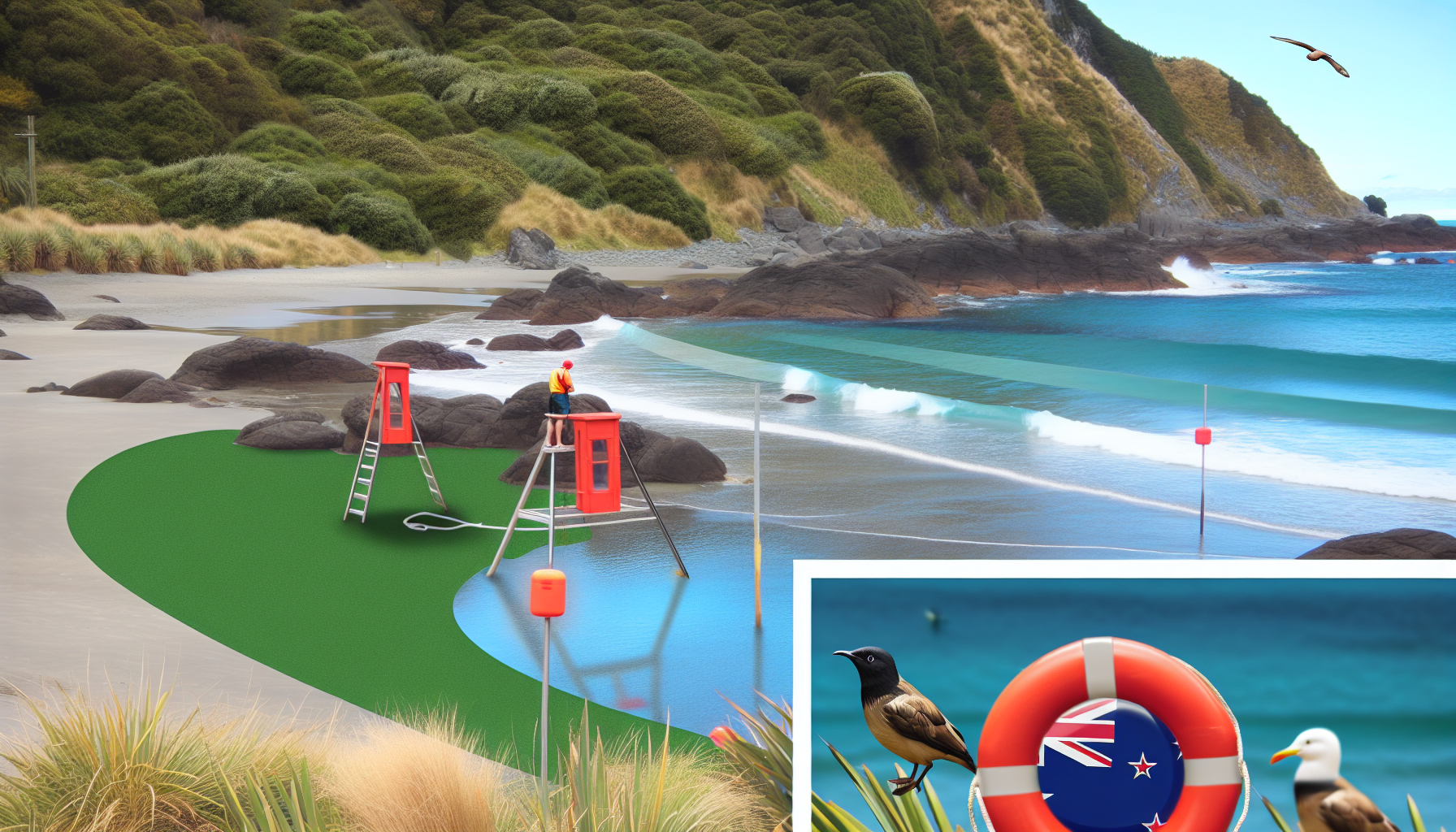Keeping Swimmers Safe at Home
Having a pool at home is great—until someone gets hurt. And trust me, nothing ruins a backyard gathering faster than an accident in the water. So, let’s get straight to the point: keeping people safe in and around your pool isn’t just important—it’s your responsibility. Here’s what you need to know.
Pool Fencing: Non-Negotiable
New Zealand law is pretty clear here: if you’ve got a pool, you need a proper fence. That means at least 1.2 metres high, no gaps big enough for a kid to squeeze through, and a gate that closes on its own. No propping it open. Ever.
Need to check if your fence meets the rules? Auckland Council has a pool safety guide that breaks it down. And if you’re after pool fencing solutions, places like Bunnings or Mitre 10 have solid options.
Supervision: Stay Vigilant
This one’s simple: never leave kids alone in the pool. Not even for a second. Drowning is silent—there’s no splashing, no yelling, just a kid slipping under the water.
If you’ve got little ones around, get in the habit of “active supervision.” That means eyes on them at all times, phone down, no distractions. If you need to step away, even just to grab a drink, take them out of the pool with you.
Teach Kids to Swim Early
The sooner kids learn to swim, the better. It’s like learning to ride a bike—the earlier they start, the more confident they’ll be. Swim schools like Swim NZ or Water Safety New Zealand run lessons across the country, and they’re worth every cent.
Even if your kids can swim, they still need supervision. Confidence in the water isn’t the same as knowing what to do in an emergency.
Emergency Readiness: Know What to Do
Think about it—if someone’s drowning in your pool, do you know what to do? If not, now’s the time to learn. A basic first aid or CPR course from St John could save someone’s life. And honestly, it’s something every pool owner should do.
Also, have a rescue item nearby. A pool noodle, a kickboard—anything that floats and can be thrown to someone in trouble. You don’t want to find yourself scrambling if something goes wrong.
Keep the Water Clean and Clear
Dirty or cloudy water isn’t just gross—it’s dangerous. If you can’t see the bottom of your pool, you won’t see someone struggling underwater. Regularly check your pool’s chemical levels and filtration system. Need supplies? Pool & Spa Warehouse has everything you need to keep your water crystal clear.
No Running, No Diving (Unless It’s Safe)
It sounds obvious, but people still do it—running around the pool leads to slips, and diving into shallow water can cause serious injuries. If your pool isn’t deep enough, make it a strict no-diving zone. Put up signs if you need to.
Drains and Covers: Watch Out
Pool drains can be dangerous, especially for kids. If hair, clothing, or even limbs get caught in a drain, it can pull them under. Make sure your pool has proper drain covers that comply with safety standards, and teach kids to stay away from them.
Alcohol and Swimming: Bad Combo
A couple of beers by the pool? No problem. A couple of beers in the pool? Bad idea. Alcohol and swimming don’t mix. It slows reaction time, messes with balance, and increases the chance of accidents. If people are drinking, make sure there’s someone sober keeping an eye on things.
Final Thoughts
A home pool should be a place for fun—not a safety hazard. Stay on top of the basics: fence it properly, watch the kids, keep the water clear, and know what to do in an emergency. Most drownings happen in private pools, and they’re almost always preventable. So, take the extra steps—it’s worth it.
Need more advice? Check out Water Safety New Zealand for tips on keeping your pool safe all year round.


Leave a Reply